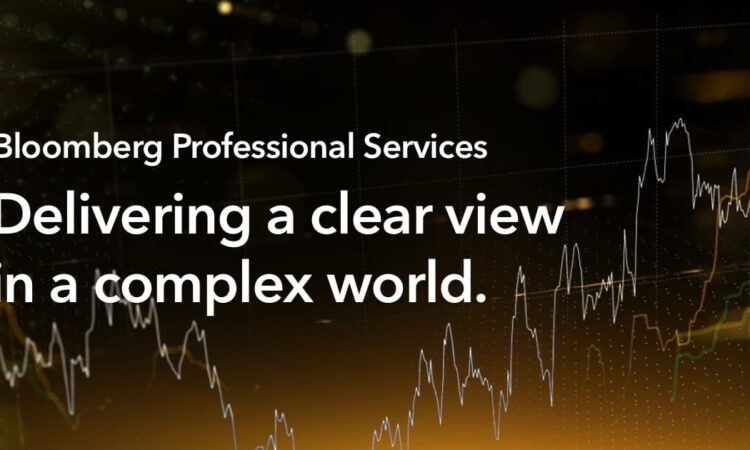
This article was written by Murat Bozdemir, ESG Data Solutions Product Manager, and Nadia Humphreys, Head of Sustainable Finance Data Solutions at Bloomberg.
On 14 December 2023 the European Securities and Markets Authority (ESMA) proposed changes and updated the timeline for its guidelines on ESG and sustainability-related terms in fund names, following a consultation paper on the same topic.
Large numbers of funds will be impacted by these new guidelines. In an ESMA study from October 2023, the regulator found there has been a sharp increase in the use of sustainability-related terms in fund names in Europe in recent years. According to ESMA, the proportion of funds with such terms in their names has grown from 3% of assets under management in the EU in 2013 to 14% in 2023, a more than fourfold increase.
While the guidelines are expected to be approved and published in 2024, some changes have already been communicated. Notably, for fund managers to be able to use sustainability-related terms in fund names, the manager should:
- Apply the 80% minimum proportion of investments used to meet the sustainability characteristics or objectives. This should be clearly committed in the binding elements of the investment strategy and planned asset allocation in the pre-contractual disclosures.
- Apply the Paris-aligned Benchmark (PAB) exclusions and
- Invest meaningfully in sustainable investments defined under the Sustainable Finance Disclosure Regulation (SFDR).
Further modifications allow the use of transition-related terms if, in addition to the 80% threshold, funds apply Climate Transition Benchmark exclusions. These funds, as well as those using impact-related terms in their names, should also ensure that investments under the minimum proportion are made with the intention to generate positive, measurable social or environmental impact alongside a financial return, or are on a clear and measurable path to social or environmental transition.
How to apply PAB exclusions
Applying the PAB exclusion criteria is technically challenging, even for seasoned sustainable investors. Managers need to scan their portfolio of investee companies for different fossil fuels and apply specific thresholds (e.g., companies that derive 50% or more of their revenues from electricity generation with a GHG intensity of more than 100 grams carbon dioxide emissions per kilowatt hours (cO2e/kWh)). They also need to exclude companies involved in controversial weapons, or having activities in the cultivation and production of tobacco, as well as companies that significantly harm one or more of the Taxonomy Regulation’s environmental objectives. Screening companies for significant harm for the 6 environmental objectives in line with the regulatory requirements is complex and requires access to a wide set of company policy strength indicators.
To simplify this process for investors, Bloomberg assesses companies against all the PAB exclusions and delivers a clear Yes/No answer. This helps users immediately understand whether that company is in violation of any of the exclusion criteria.
Bloomberg’s PAB Exclusions are based on our revenue segmentation model, which considers up to 7 levels of company economic activities for exclusionary criteria defined by the regulator. As exclusions are also determined by compliance with the EU Taxonomy’s ‘Do No Significant Harm’ (DNSH) principle, the PAB exclusion field utilizes Bloomberg’s award winning EU Taxonomy data set to flag companies that potentially do harm to one or more of the environmental objectives.
Bloomberg ESG data: Fit for purpose
Meeting these evolving and complex regulatory requirements requires access to reliable ESG data, analytics and estimates in line with regulatory requirements. Bloomberg’s PAB exclusion data is transparent and aligned with the Benchmarks Regulation requirements.
Bloomberg offers analytics to simplify ESG disclosure and compliance with regulatory requirements, including a data solution that automates the assessment of PAB exclusions. The solution enables firms to assess the proportion of their investee company’s revenue for up to 50,000 companies globally for exclusionary criteria. Clients can access the data directly on the Bloomberg Terminal or via a subscription to a data license. Bloomberg ESG data solutions can be easily integrated into your systems whether you use Bloomberg Data License Plus ESG Manager or a proprietary or third-party data management system.






